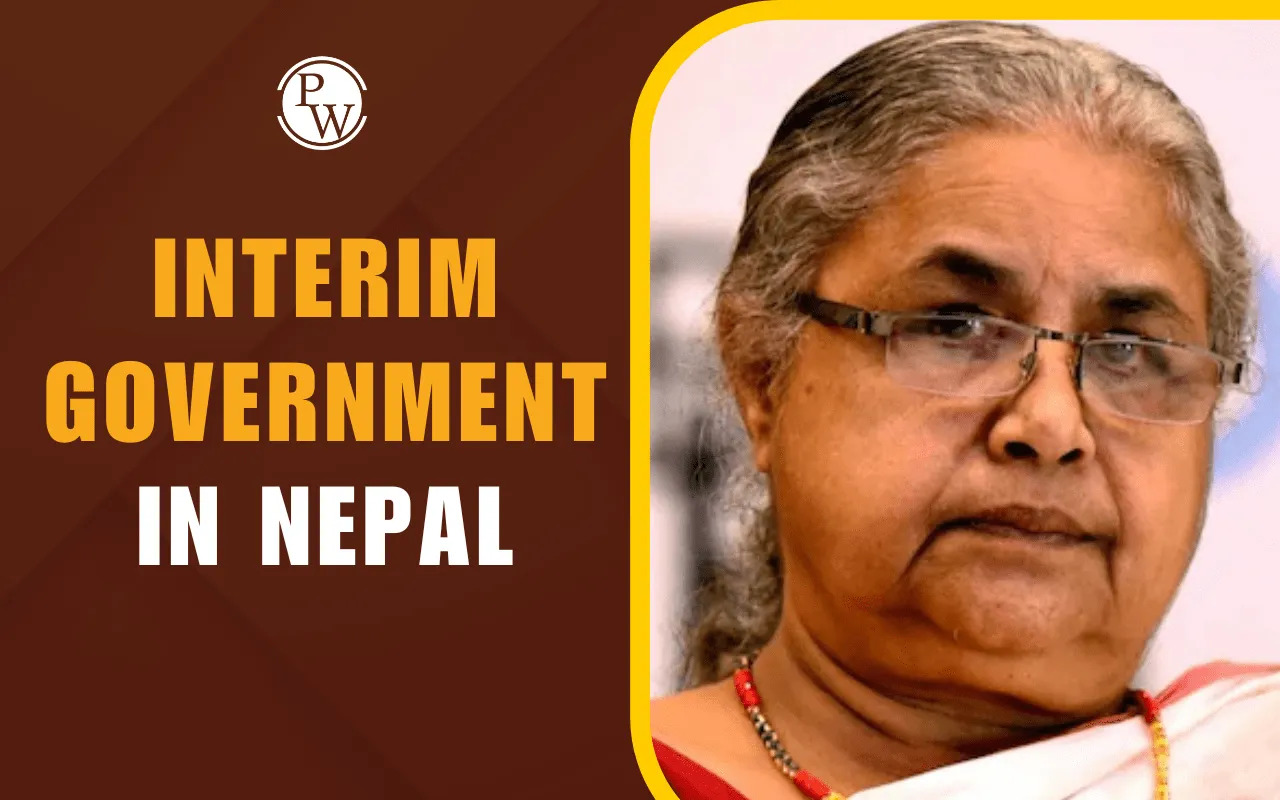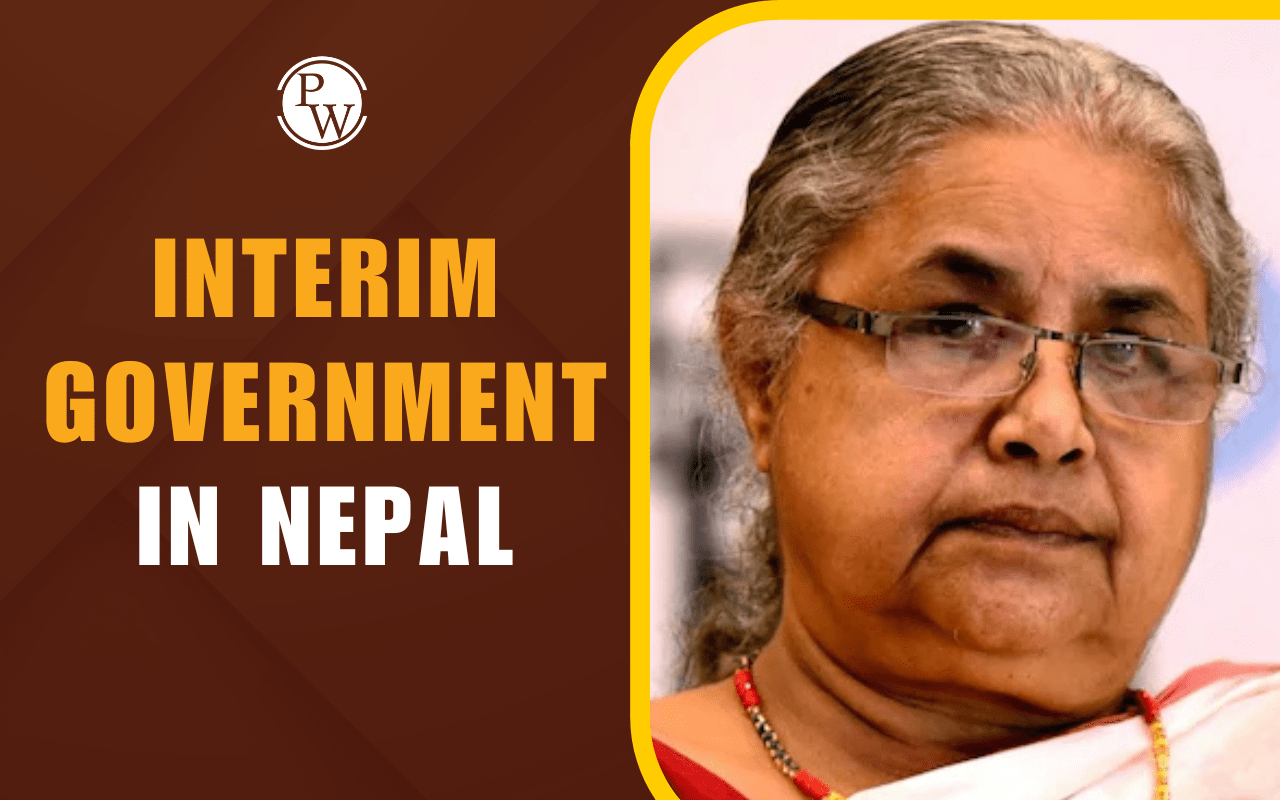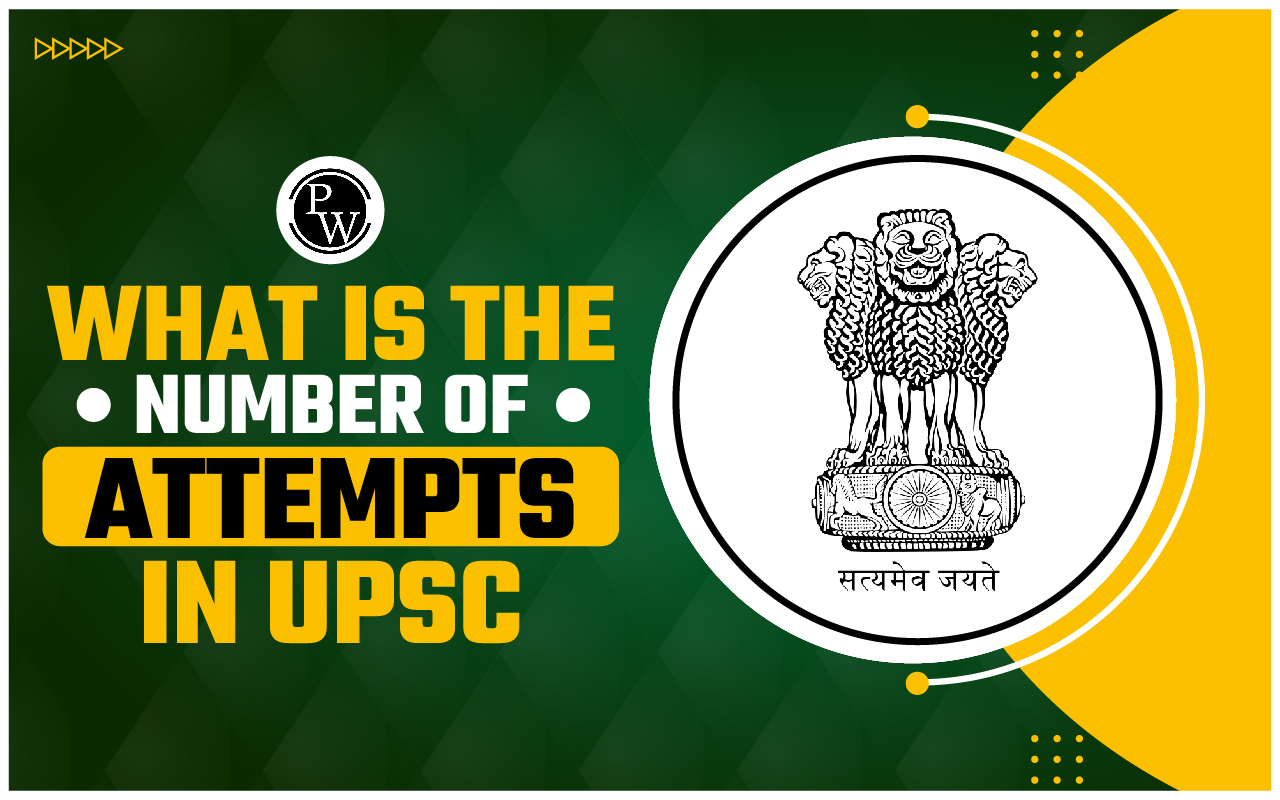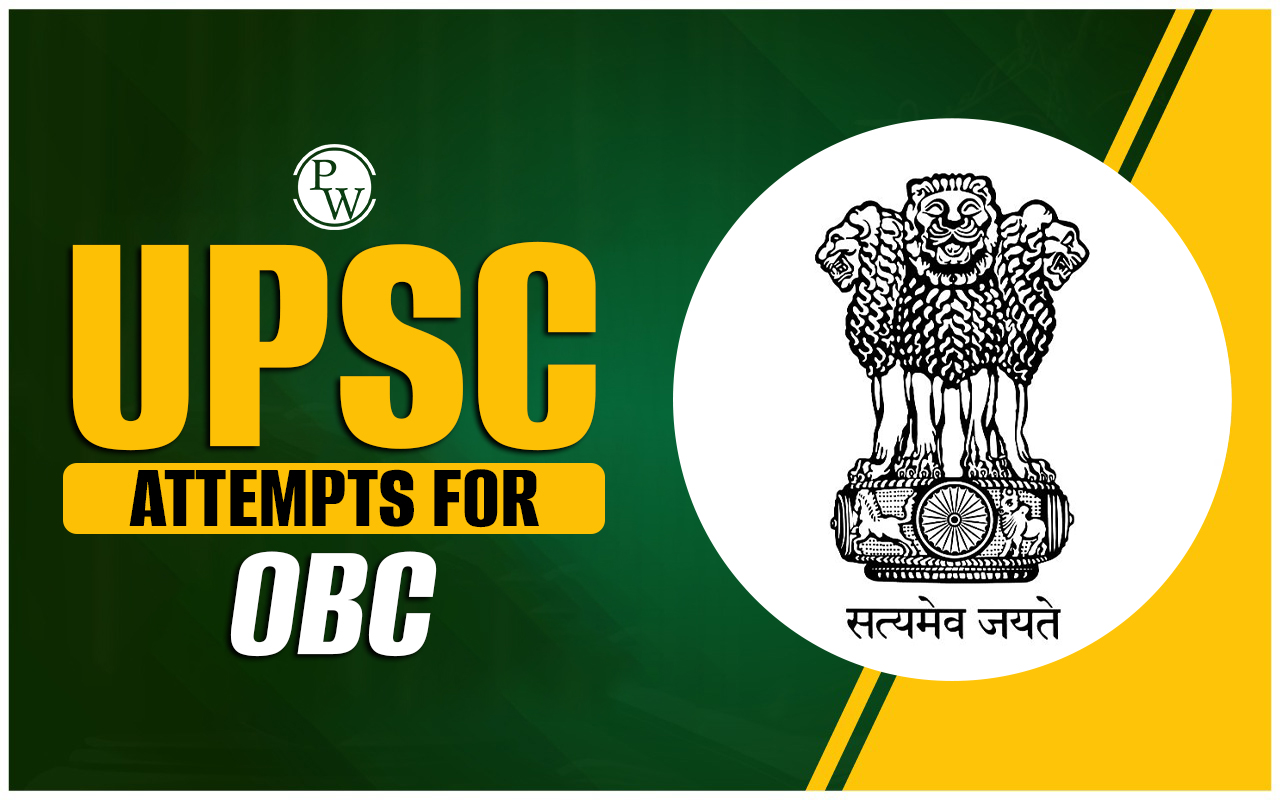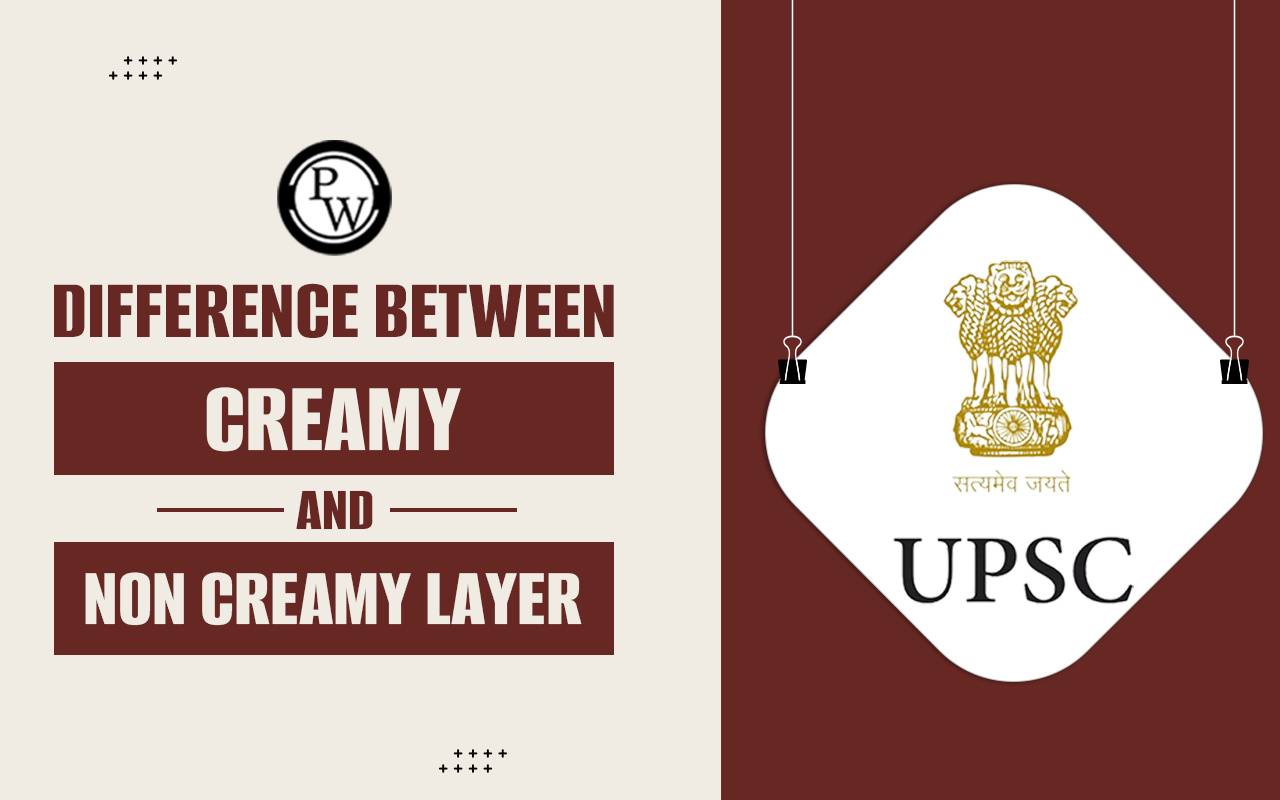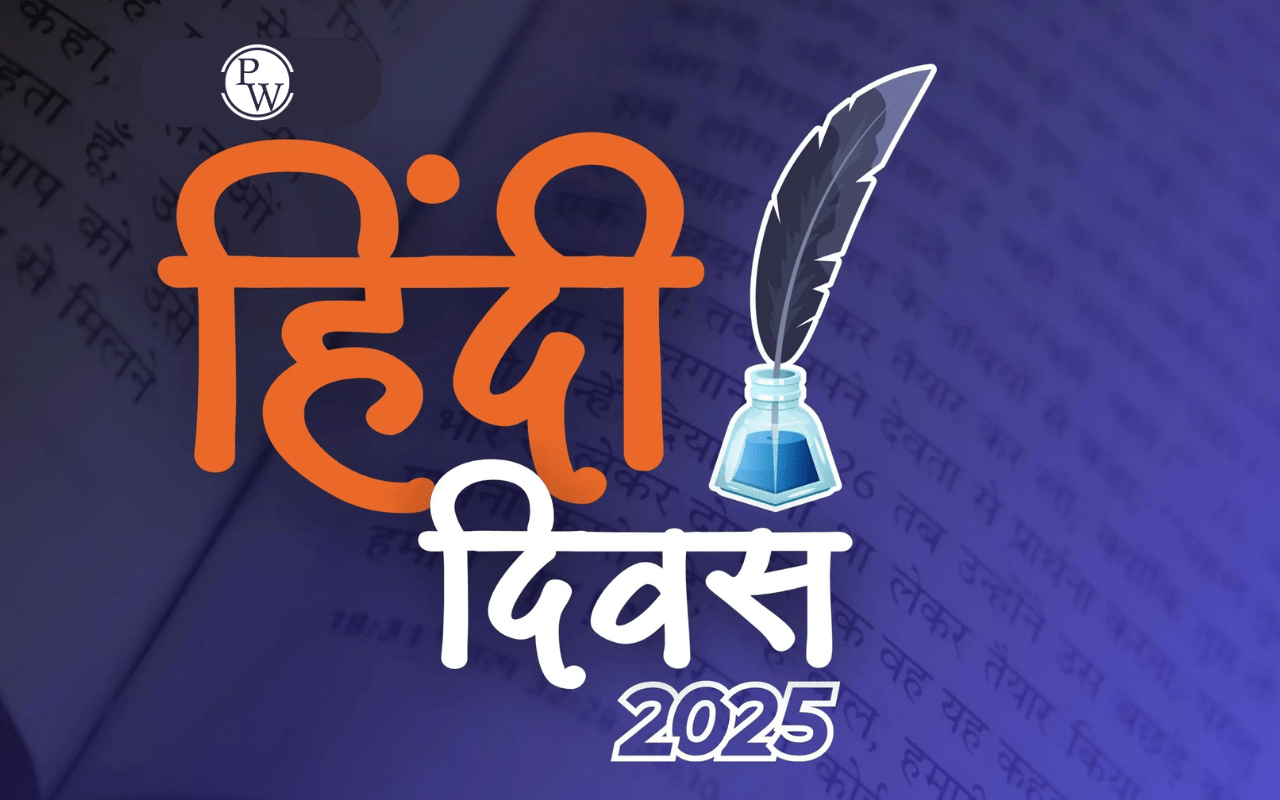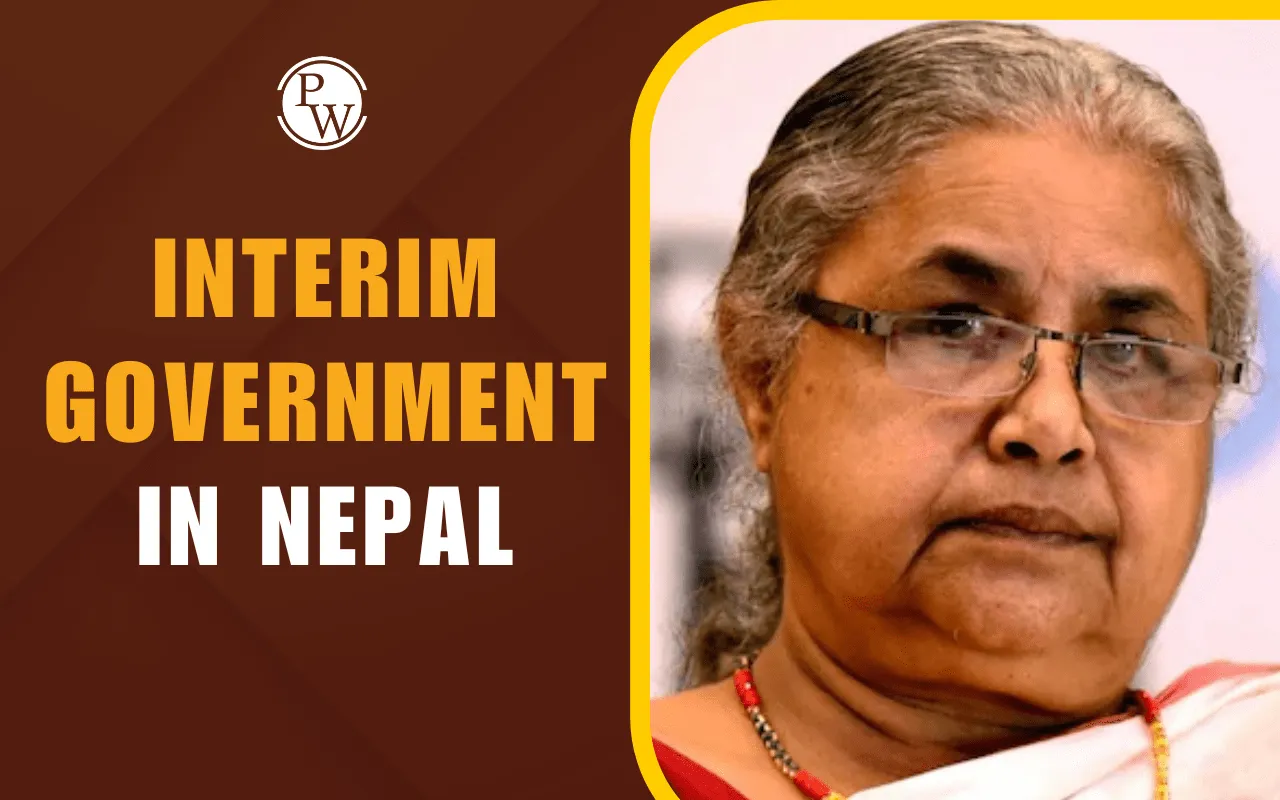
Interim Government in Nepal: Any Interim Government formed in a country due to some political instability or conflict is a temporary government. Such a government is formed when the old government collapses or resigns, and a new permanent government has not yet been elected. The primary duty of an interim government is to keep the country running during a time of change.
In Nepal, interim governments have been important in moments of political unrest. They act as a bridge between two governments. They help maintain peace, order, and basic services for the people. Interim governments in Nepal also prepare the nation for elections. They try to reduce conflict, protect democracy, and make sure citizens are not left without a working administration.
New PM of Nepal’s Interim Government
Following the spread of Gen Z protests all over Nepal and the subsequent resignation of PM K.P. Sharma Oli, Sushila Karki was appointed the new prime minister of the interim government of Nepal.
-
Sushila Karki was appointed as the first woman prime minister of Nepal by Ram Chandra Paudel, the President of Nepal.
-
She assumed the office on September 12, 2025, and her swearing-in ceremony is set to take place on September 15, 2025.
-
Sushila Karki is 73 years old and has served as the former Chief Justice of the Supreme Court of Nepal. She would be holding the office for only six months.
-
Nepal is set to hold fresh elections to elect the new government on March 5, 2026.
Interim Government of Nepal Act 2007
The Interim Government of Nepal Act 2007 was a law created after a major political movement in Nepal. It came at a time when people wanted democracy and peace after years of civil war. This Act was very important because it showed Nepal’s desire to move towards a peaceful and democratic system. Some of the important points related to the Interim Government of Nepal Act 2007 are provided below:
-
It helped bring former rebels and political leaders together.
-
It allowed Nepal to move away from monarchy and towards democracy.
-
It worked as a guideline for the government until a new constitution could be written.
-
It gave rights to citizens, such as freedom of speech and equality before the law.
Interim Government of Nepal Act 1951
The Interim Government of Nepal Act 1951 was the first such law in the country’s history. It was passed after the fall of the Rana regime, which had ruled Nepal for more than 100 years. The 1951 Act was a turning point. It shifted Nepal from an absolute rule to a system where citizens had more voice and participation. More important details about the Act are provided below:
-
It marked the beginning of democracy in Nepal.
-
It created space for political parties to work freely.
-
It gave more rights to the common people.
-
It prepared the country for writing its first permanent constitution.
Interim Government of Nepal Act
The Interim Government of Nepal Act refers to laws passed at different times to guide the nation during political change. These acts do not last forever but act as temporary rules. Such acts have helped Nepal move through difficult times without losing complete control. The main objectives of the Interim Government of Nepal Act are as follows:
-
To create a functioning government during transition.
-
To ensure law and order.
-
To protect citizens’ rights.
-
To prepare for elections and permanent constitutions.
Level of Government in Nepal
Nepal follows a federal system of government. This means power is divided into different levels. Each level has its own duties. This system makes sure that no single level has too much power. It also helps bring the government closer to the people. Together, these governments work to manage the country. The federal government makes national policies, the provinces focus on their regions, and the local bodies look after villages, towns, and cities. This structure helps in sharing power and giving more responsibility to local leaders. It ensures that even people in small villages have a voice in governance.
The details related to the three main levels of Government in Nepal are provided in the table below:
| Level of Government in Nepal | |
| Level of Government | Details |
| Federal Government | Works for the entire country. It handles defense, foreign affairs, and national laws. |
| Provincial Government | Nepal is divided into provinces. Each province has its own government to look after regional matters like education and health. |
| Local Government | This is the government closest to the people. It includes municipalities and rural councils. They look after roads, water supply, schools, and community needs. |
Interim Constitution of Nepal
The Interim Constitution of Nepal was created in 2007 after the civil war ended. It was a temporary law book that guided the country until the final Constitution of Nepal was adopted in 2015. The Interim Constitution played a key role in shaping modern Nepal. It ensured that the country moved peacefully from a monarchy to a republic. The important principles of the Interim Constitution of Nepal are as follows:
-
It declared Nepal a federal democratic republic.
-
It gave equality and rights to all citizens regardless of caste, religion, or gender.
-
It provided freedom of speech, press, and assembly.
-
It created structures for writing the new constitution.
-
It gave more power to parliament and reduced the role of the monarchy.
The history of interim governments in Nepal demonstrates the importance of temporary laws and governments during times of change. From the 1951 Act to the 2007 Act, Nepal has used interim systems to move from old regimes to democratic structures. Interim governments may be short-term, but they have shaped Nepal’s history and future. They have ensured stability, protected rights, and guided the nation toward democracy in the past.
Interim Government in Nepal FAQs
What is an interim government in Nepal?
Who is appointed as the Prime Minister of the Interim Government of Nepal?
Why was the Interim Government of Nepal Act 2007 important?
How many levels of government are there in Nepal?
What did the Interim Government of Nepal Act 1951 achieve?

UPSC Coaching
